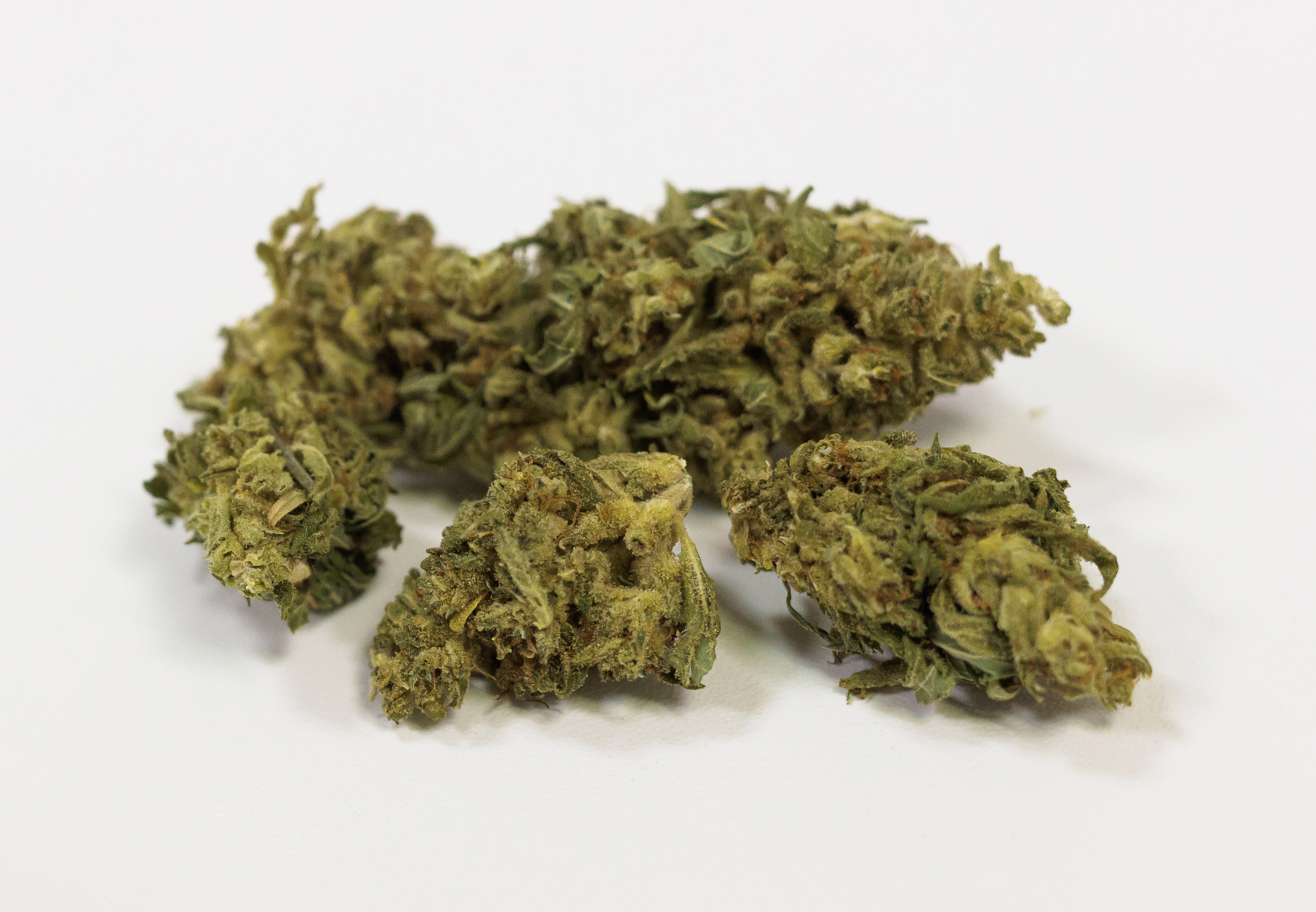
With spring approaching, dermatologists are spreading awareness of a lesser-known skin condition associated with sun exposure.
Handling certain foods like limes and then going into the sun may cause an itchy rash or sunburn on areas of the body that the citrus juice touched. In severe cases, people may develop blisters that require an emergency room visit.
The condition, photocontact dermatitis, can be caused by anything that makes skin more sensitive to the sun — including certain skincare products, medication or plants. It's sometimes called “margarita rash” because people may get it after juicing limes for margaritas then sitting outside.
"The right exposure to the right citrus in the right sunlight will cause this in anybody" — including all skin types, said Dr. Brandon Adler, an assistant professor of dermatology at Keck School of Medicine at the University of Southern California.
Get top local stories in San Diego delivered to you every morning. >Sign up for NBC San Diego's News Headlines newsletter.
“A lot of people falsely assume that it’s only fairer-skinned individuals who develop sun sensitivity, and that is patently false,” he said. “There’s a good body of data that’s emerged showing that people with darker skin tones are also susceptible.”
Adler is set to discuss the topic Sunday at the American Academy of Dermatology’s 2024 Annual Meeting.
Dr. Melissa Piliang, a dermatologist at Cleveland Clinic, said she sees a couple of patients with photocontact dermatitis every summer — most commonly, people who handled citrus fruits, though the condition is also associated with handling celery, trimming fig trees or touching plants like hogweed or St. John’s wort.
Health
Piliang said these items contain furocoumarins — chemical compounds found naturally in some plants and fruits that are activated by the sun's long-wave ultraviolet light, or UVA rays.
Photocontact dermatitis can be distinguished from other skin conditions because there's often a pattern from where a food or plant touched the body, Piliang said.
“If somebody is at a barbecue, they’re making margaritas, they splash lime on their arm and then they’re outside in the sun, they get sunburned in the pattern of the lime splash," she said. “Or, they got lime on their hand and they had a shirt off and they put their hand on their belly and then they have a big sunburn handprint.”
Adlers said the reactions often show up hours to days after an exposure. A rash may disappear quickly in some cases, but linger in others, he said.
“Sometimes these can be very chronic conditions where the rash actually doesn’t always go away, even if somebody is starting to avoid the sun. That can make it very hard in some cases for even the patient to realize that this is a sun-related condition,” Adler said.
Other forms of photocontact dermatitis don't involve a burn or rash. For example, some people develop dark patches that aren't painful or itchy, but can last years before going away.
The patches "often look streaky from the juice running down your skin," Adler said.
Other cases may be allergy-related
In rarer cases, people may have an allergic form of photocontact dermatitis — an allergy to a certain product, like sunscreen, that only occurs when they're exposed to sunlight.
While this version of photocontact dermatitis is less common, Adler said his research suggests it may be under-diagnosed. The only way to tell if someone has it is to do a photo patch test, which involves taping patches with small amounts of an allergen to the skin and exposing those patches to UVA light.
Allergic forms of photocontact dermatitis are usually itchy or scaly and look like eczema, Adler said. They typically clear up once people switch to a different product that doesn't contain the allergen.
"This in no way implies anyone need to avoid sunscreens or that sunscreens are dangerous," Adler said.
People can also get rashes or burns after taking certain medications — such as common blood pressure medications — and being out in the sun. In those cases, the rash would appear on parts of the body that were exposed to the sun’s rays.
Adler said there's likely a main ingredient in these medications that gets activated by ultraviolet light.
"Probably there’s a different mechanism for each drug, and it’s not so well understood, but what we do know is: You stop the medication, the sun sensitivity goes away," he said.
How to prevent and treat sun-related rashes
The simplest way to prevent photocontact dermatitis is to wash your hands thoroughly, Piliang said.
"If you're going to squeeze limes or make guacamole or make margaritas, wash your hands afterwards with soap and water to get all that juice off — maybe your forearms and elbows down," she said.
To treat a rash or burn, apply a cool compress or a mild topical steroid like 1% hydrocortisone. People can also take an over-the-counter anti-inflammatory like ibuprofen, Piliang said.
"If you have blisters, especially blisters over wide areas of the body, then you should seek help. See a physician, see a dermatologist," she said.
But for most people, Adler said, the best treatment is steering clear of whatever food, plant or product is triggering a skin reaction.
"It's not about, 'Let's prescribe prescribe something,'" he said. "It's like, 'Let's figure out how to avoid what's causing the problem.'"
This story first appeared on NBCNews.com. More from NBC News:



